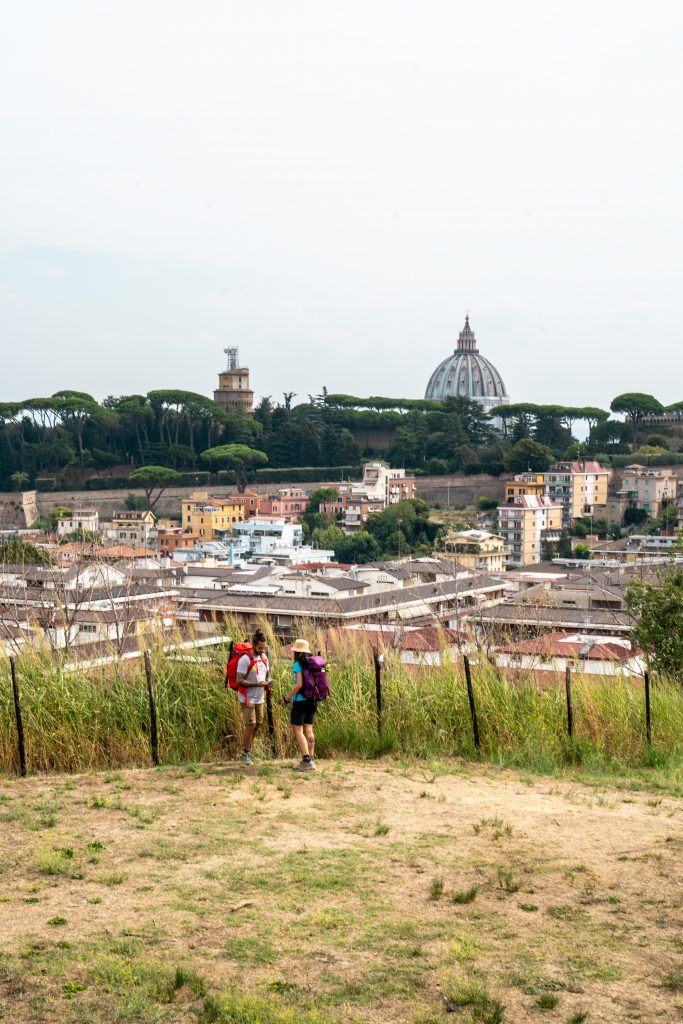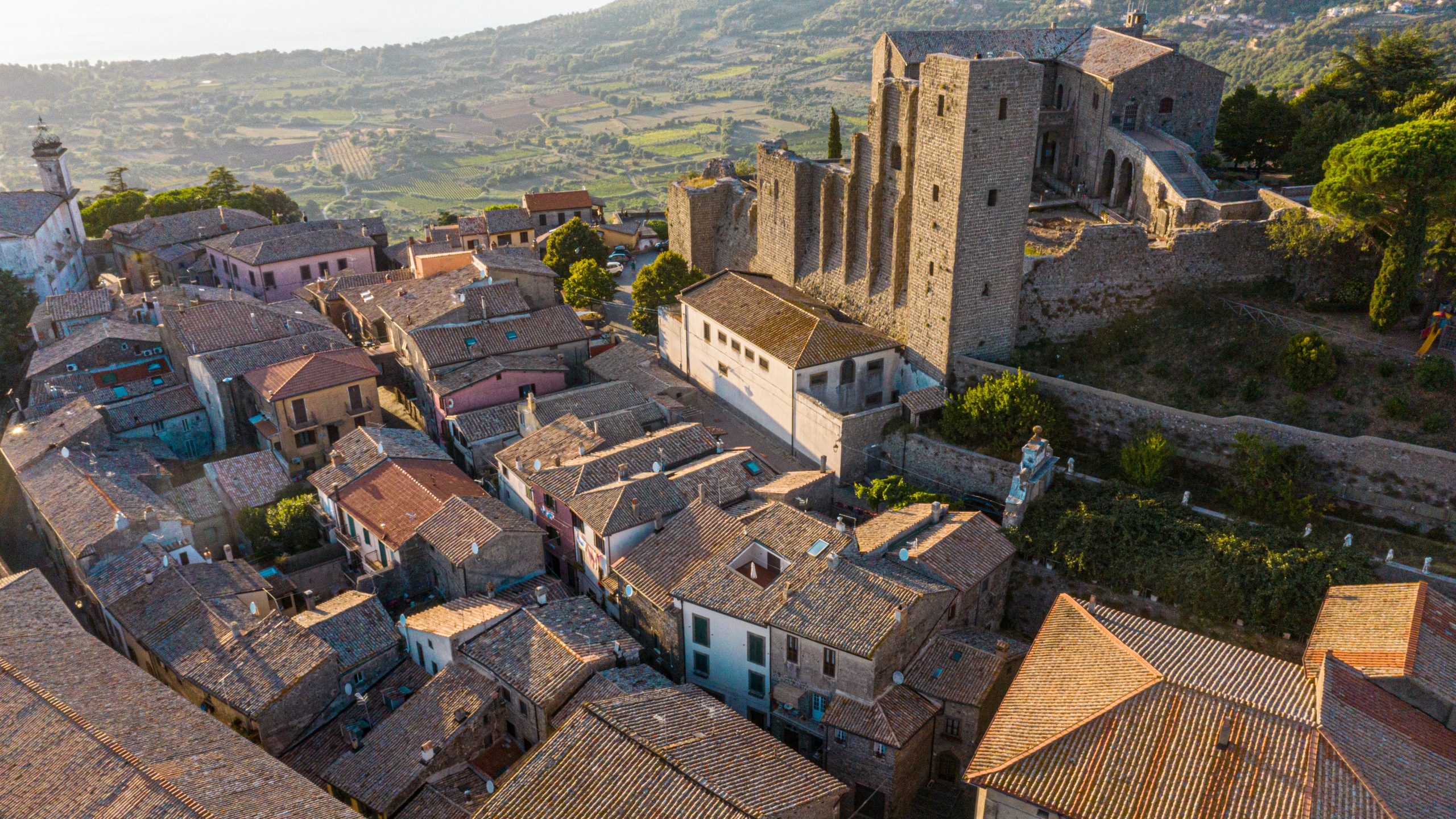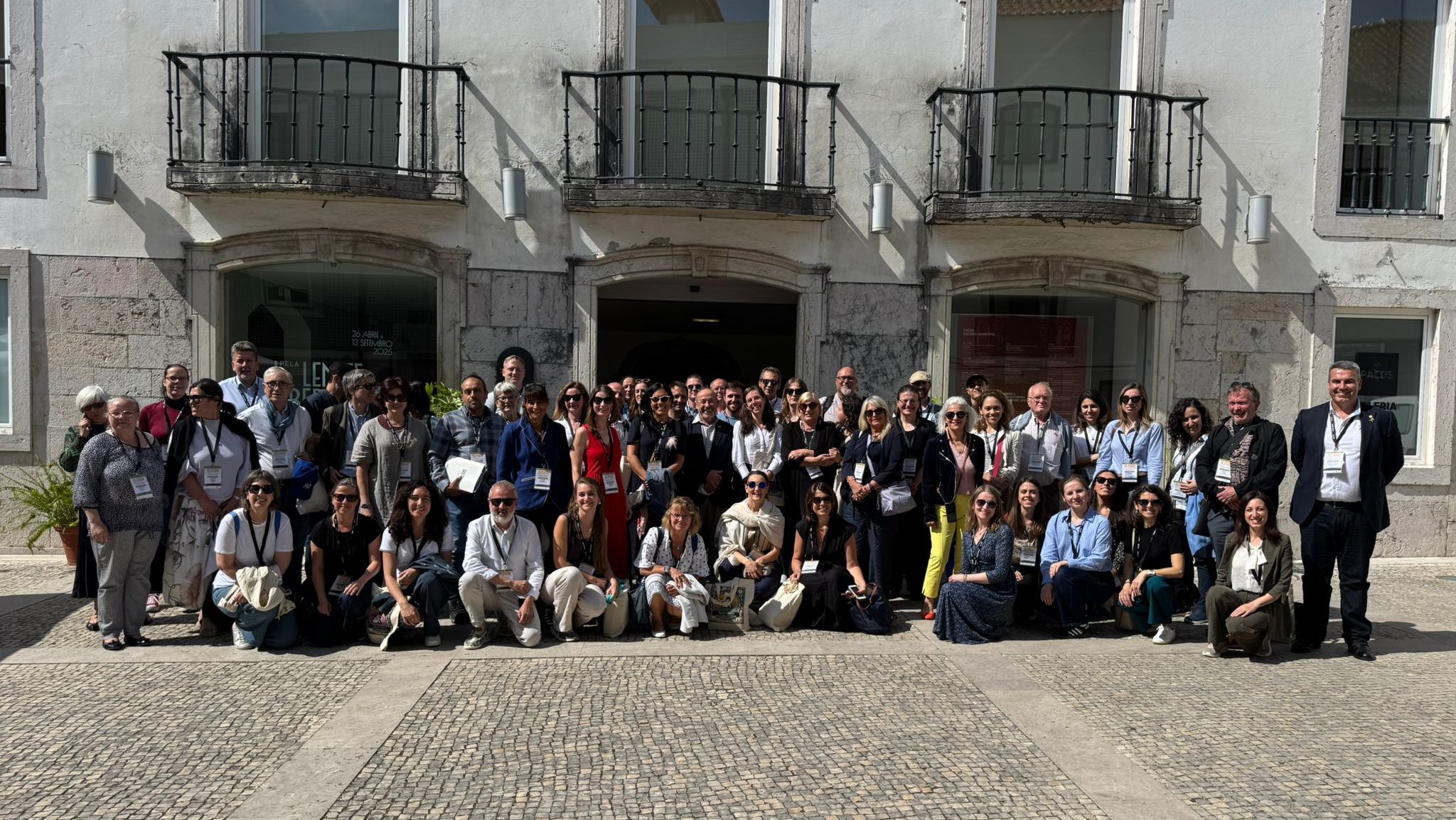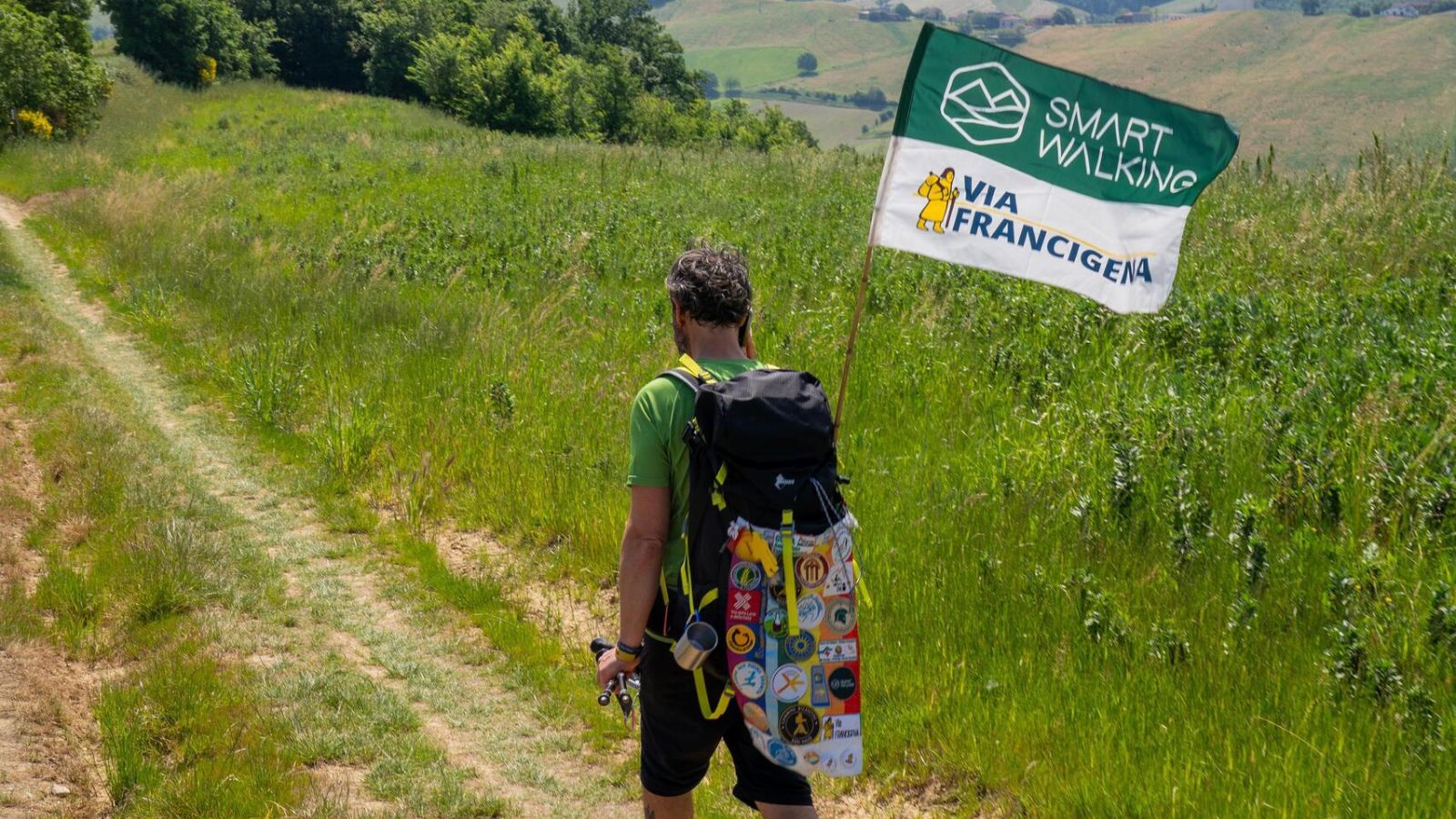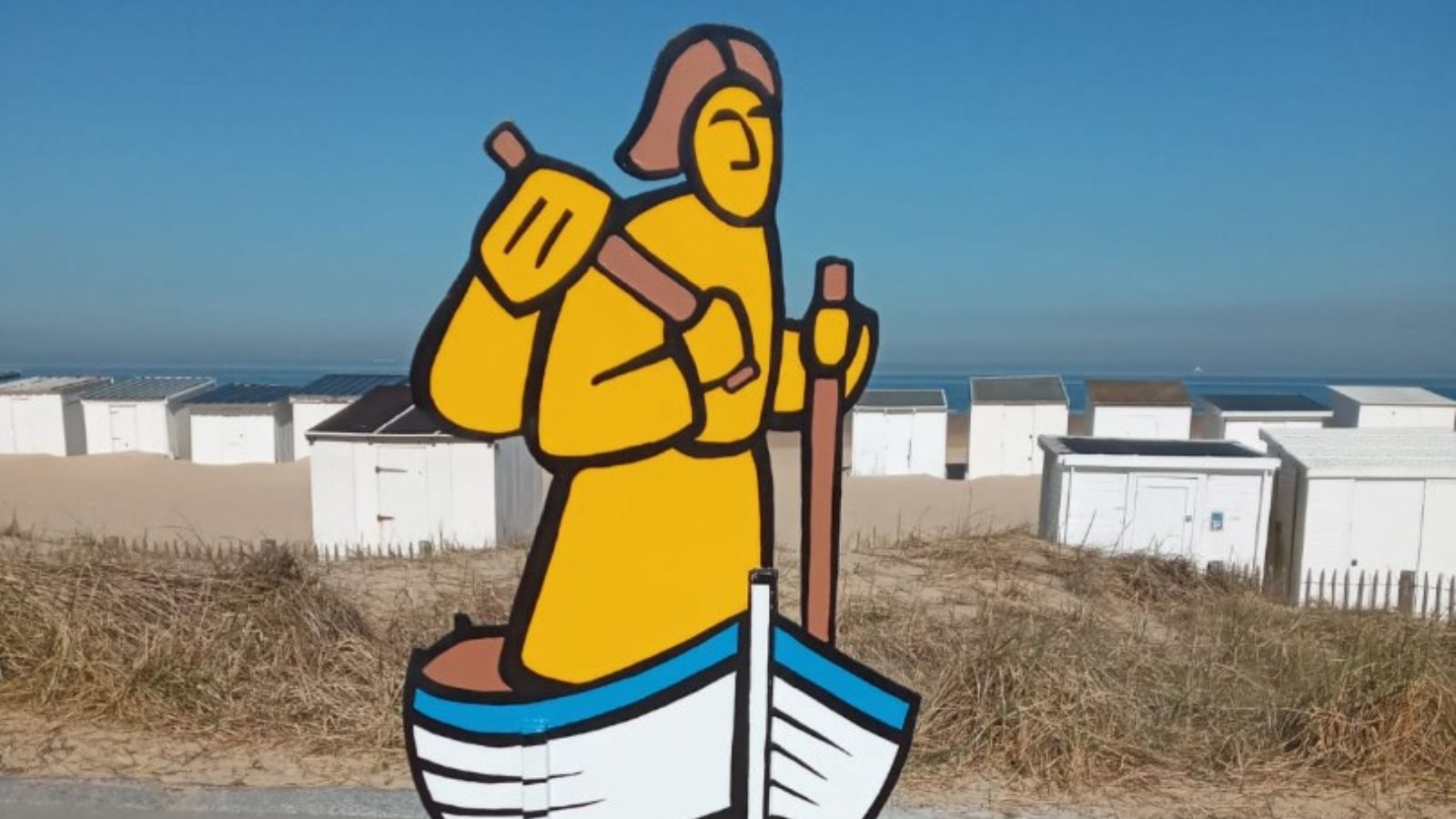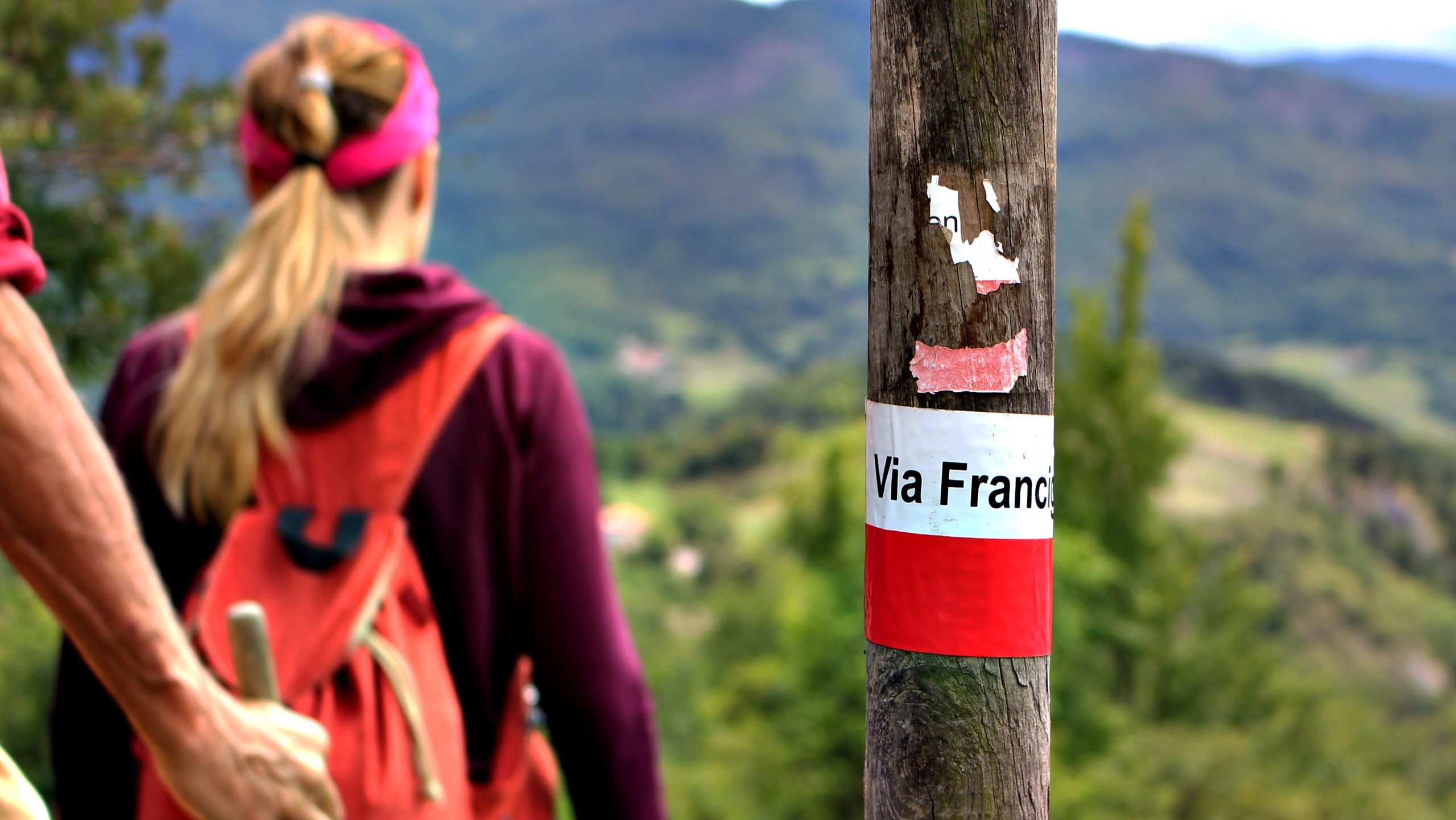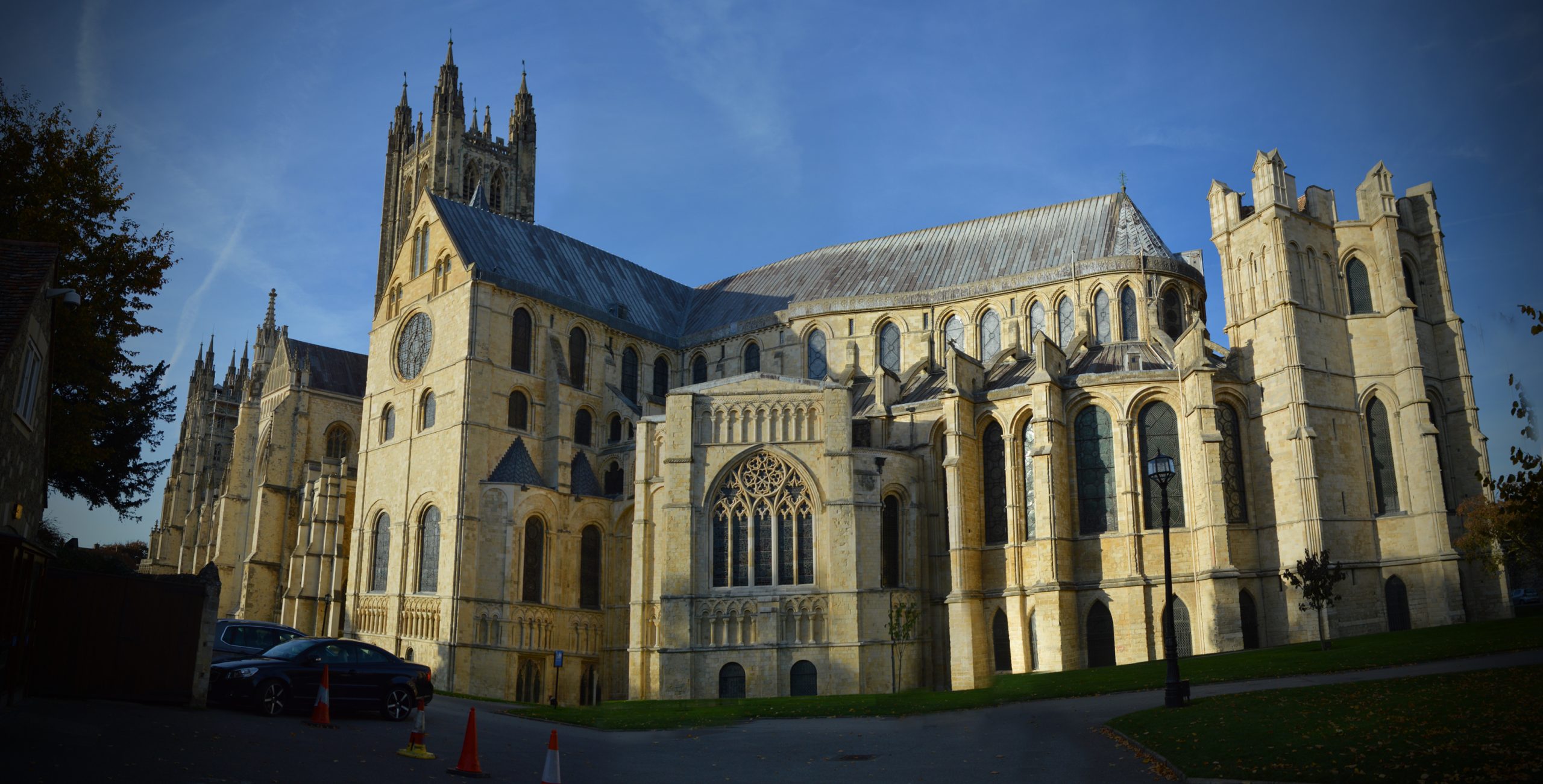Along the ancient pilgrimage way, as well as the spiritual highlights, numerous places stand out for their historic and social value, not forgetting their beauty. In this article, we will present 10 unmissable places in Northern Lazio, presented in the order you will come across them as you travel along the route from the border with Tuscany to Rome.
1. Proceno Castle
A historical building that dominates the first urban area the Via Francigena passes through on entering Lazio. It has been owned by the Cecchini family since 1644. Part of the castle has now been converted into a hotel.
2. Basilica of the Holy Sepulchre in Acquapendente
Consecrated in 1149, it is a fascinating place which features two staircases carved into the rock leading to the sacellum. This holds the oldest copy of Jesus’s sepulchre, giving Acquapendente the nickname of “Europe’s Jerusalem”.
3. Basilica of Saint Christina in Bolsena
It dates back to the 11th century. As well as holding the relics of the Saint, it became famous for the eucharistic miracle that happened in 1236: while a Bishop was holding Mass, at the moment of the consecration, the sacramental bread bled. From then on, the event has been celebrated during the Corpus Christi festival.
4. The panorama from the Pilgrim’s Tower in Montefiascone
The view makes it worth undertaking the tiring climb to the summit of the Papal fortress which dominates the historical town centre. From here you can take in the breath-taking views of Bolsena Lake and a large part of the Tuscia area.
5. The San Pellegrino area of Viterbo
One of the biggest medieval areas of any city in Europe. It hosts wonderful examples of 13th century architecture, with its maze of streets, towers, arches and medieval buildings.
6. The Torri di Orlando in Capranica
A monumental collection of two Roman funeral monuments dating back to the first century BCE and a bell tower belonging to a Benedictine church from the 10th century. A peaceful place enriched by large oak trees where, according to the tale, paladin Orlando loved lying down to rest.
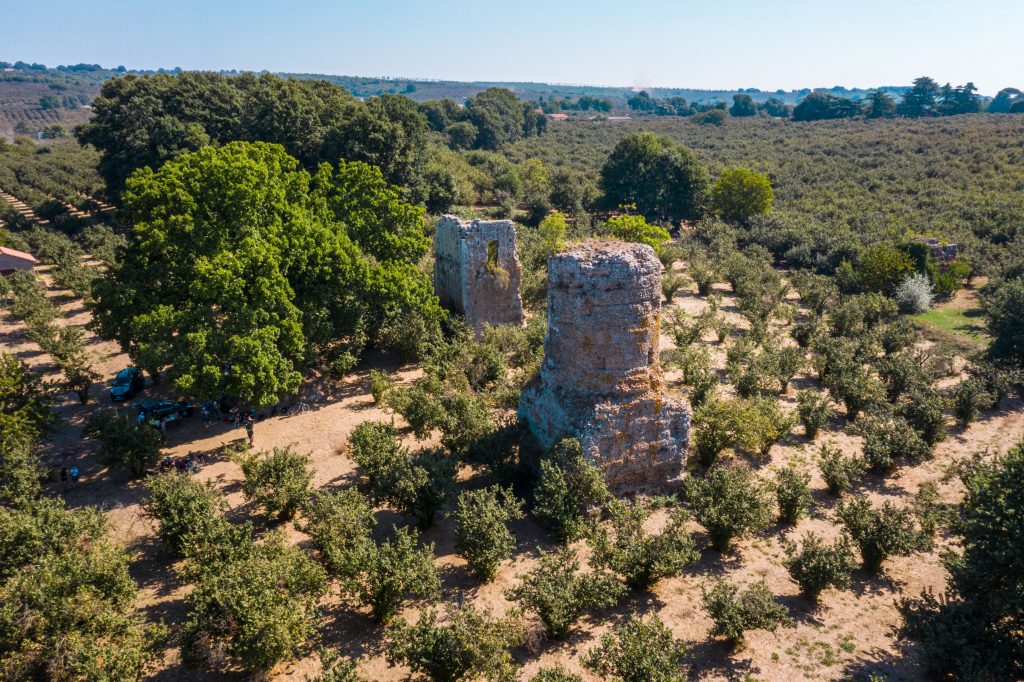
7. Roman Amphitheatre in Sutri
One of the most surprising historical constructions along the whole Via Francigena: it is an amphitheatre that had over 9,000 seats and had entirely been dug out of the hillside. It was rediscovered between 1835 and 1838 by the local population.
8. Sanctuary of the Madonna of Sorbo in Formello
Built in the 15th century on the ruins of a castle that previously dominated the Sorbo valleys. It became a pilgrimage location dedicated to the Madonna: according to the story, she had a shepherd’s lost hand grow back.
9. The Veio archeological area
An Etruscan city that was a famous rival to Rome for its control of the Tevere river, conserves important monuments like the Portonaccio Sanctuary, and the oldest painted tombs of Etruria: the tomb of the Roaring Lions and the tomb of the Ducks.
10. Monte Ciocci in Rome
A green space in Monte Mario park. It is here where pilgrims arriving in Rome can first see the great cupola of Saint Peter’s Basilica. Here, they will understand why in medieval times it was called Mons Gaudii, “the mountain of joy”.
